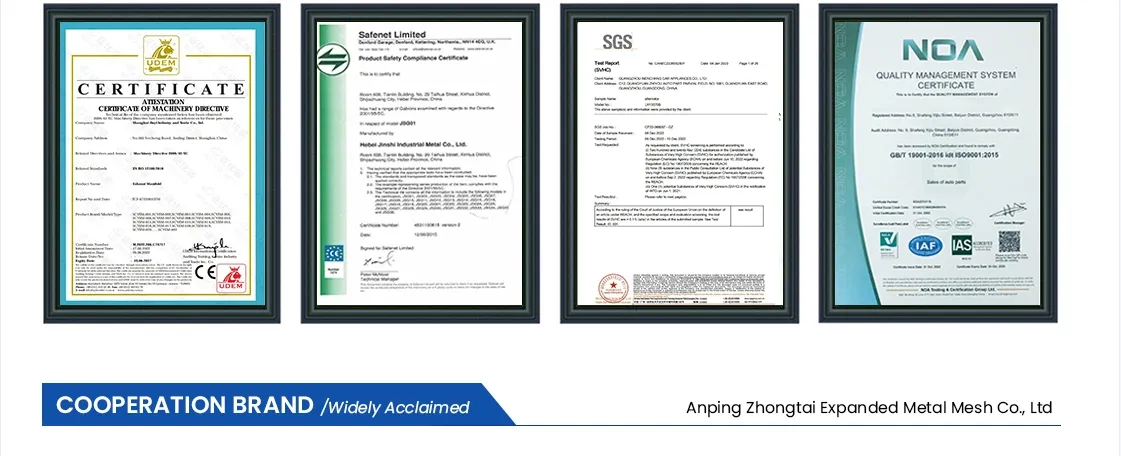Temporary Pasture Fencing A Practical Solution for Livestock Management
Farmers and ranchers constantly seek effective ways to manage their livestock, ensuring that their animals have adequate grazing while also preserving the environment. One solution that has gained popularity in recent years is temporary pasture fencing. This approach provides flexibility and efficiency in livestock management, making it a valuable tool for modern agricultural practices.
Understanding Temporary Pasture Fencing
Temporary pasture fencing refers to the use of lightweight, portable fencing materials that can be easily set up, taken down, and moved. Unlike traditional, permanent fencing, which can be expensive and labor-intensive to install, temporary fencing is designed for flexibility. It allows livestock owners to create new grazing areas quickly and efficiently, helping to optimize pasture use without significant investment.
Benefits of Temporary Fencing
1. Flexibility and Adaptability One of the primary advantages of temporary pasture fencing is its flexibility. Livestock needs can change rapidly due to weather conditions, forage availability, and herd dynamics. Temporary fencing enables farmers to adapt their grazing strategies accordingly. For instance, if a particular area of pasture becomes overgrazed, temporary fencing allows for the rapid creation of an alternative grazing area.
2. Cost-Effectiveness Setting up permanent fencing can involve significant upfront costs, including materials and labor. Temporary fencing, on the other hand, is generally much more affordable. Many farmers can purchase or rent portable fencing materials, making it a cost-effective option for those with limited budgets or who are just starting in the livestock business.
3. Improved Pasture Health Rotational grazing, which can be facilitated by temporary pasture fencing, promotes healthier pastures. By limiting the duration that livestock graze in a particular area, farmers allow for better regeneration of grass and forage. This practice not only maintains pasture productivity but also helps control weeds and reduces soil erosion, contributing to a more sustainable farming operation.
temporary pasture fencing

4. Enhanced Livestock Management Effective livestock management is essential for maximizing productivity and ensuring animal health. Temporary fencing allows farmers to control grazing patterns more closely, manage herd sizes in different fields, and separate animals for health checks or breeding. This level of control can lead to improved animal welfare and productivity, which is beneficial for both farmers and their livestock.
5. Ease of Installation and Use Temporary fencing options, such as electric fencing, poly wire, or mesh panels, are designed for easy installation. Most farmers can set up these systems without specialized skills or tools. Moreover, the lightweight nature of these materials means they can be easily transported around the farm, making adjustments quick and straightforward.
Challenges and Considerations
Despite the many benefits, there are also challenges associated with temporary pasture fencing. While it is versatile and cost-effective, farmers must ensure that the fencing is adequately maintained to prevent livestock from escaping or getting injured. Additionally, reliance on electric fencing systems requires a consistent power source, which can pose challenges in remote areas.
Another consideration is the environmental impact of temporary fencing materials. Farmers should choose fencing options that are durable and have minimal ecological footprints. Eco-friendly materials help ensure that temporary fencing solutions align with broader sustainability goals in agriculture.
Conclusion
Temporary pasture fencing represents an innovative solution for livestock management, offering flexibility, cost savings, and improved pasture health. By adopting this method, farmers can enhance their operational efficiency and ensure the well-being of their livestock. While there are challenges to consider, the advantages of temporary fencing can lead to a more sustainable and productive farming practice. As the agricultural landscape continues to evolve, tools like temporary pasture fencing will undoubtedly play a crucial role in shaping efficient and responsible livestock management strategies.
-
Why Galvanized Trench Cover Steel Grating Resists Corrosion
NewsJul.10,2025
-
The Versatility and Strength of Stainless Expanded Metal Mesh
NewsJul.10,2025
-
Load Calculations in Steel Grating Platforms
NewsJul.10,2025
-
Keeping Pets and Kids Safe with Chicken Wire Deck Railing
NewsJul.10,2025
-
Hole Diameter and Pitch for Round Perforated Metal Sheets
NewsJul.10,2025
-
Aluminium Diamond Mesh in Modern Architecture
NewsJul.10,2025
Subscribe now!
Stay up to date with the latest on Fry Steeland industry news.

